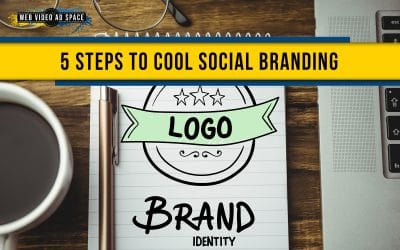Now I'm not referring to the same thing Ron Slater is referring to in the movie Dazed and Confused. What I'm referring to is the indefinable quality of character called cool. I'm going to make two bold statements and then show that they're true: 1) To maximize the...
Branding
Authenticity: The Challenge of Personal Branding
Content Challenges It takes work to produce any kind of content... period. It takes a lot of work to create good content. This is why there is such a profitable divide between content producers and content consumers. Keeping content looking and sounding consistent...


